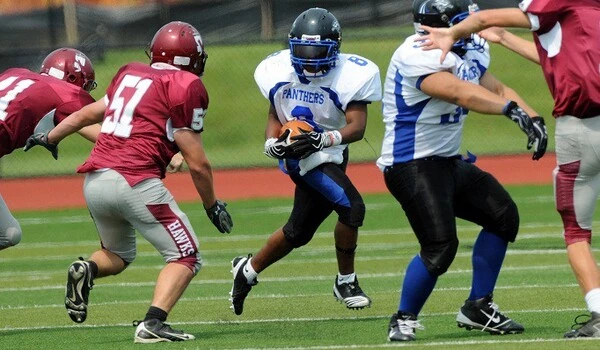Many states in the United States were enacting youth concussion laws to address concerns about the safety of young athletes participating in contact sports, particularly football. These laws typically mandate protocols for identifying and managing concussions in youth athletes, as well as education for coaches, parents, and players about the symptoms and risks of concussions.
According to a recent study, states with college teams in strong conferences, particularly the Southeastern Conference (SEC), were among the last to implement regulations on youth concussions. The study, which looked at the relationship between youth sports participation and the passage of concussion legislation, discovered the significance of SEC membership and discovered a similar link in states with high rates of high school football participation.
In contrast, states with higher gender equality, measured by the number of women in the labor force, were early adopters.
Washington State University sociologists Thomas Rotolo and Michael Lengefeld, a recent WSU Ph.D. now at Goucher College, analyzed the wave of youth concussion laws from 2007 to 2014, specifically looking at return-to-play guidelines: a mandated 24-hour wait period before sending a player with a possible concussion back on to the field.
We explored a lot of different ways of measuring college football presence, and the thing that just kept standing out was SEC membership. Every college town thinks they have a strong college football presence, but the SEC is a very unique conference.
Thomas Rotolo
“We explored a lot of different ways of measuring college football presence, and the thing that just kept standing out was SEC membership,” said Rotolo, the lead author on the study published in the journal Social Science & Medicine. “Every college town thinks they have a strong college football presence, but the SEC is a very unique conference.”
Co-author Lengefeld, a former Texas high school football player, understands how important the sport is throughout the South, but the data revealed a specific correlation between resistance to youth concussion regulations among SEC states in particular.
“This SEC variable was similar to the South effect, but not all southern states have an SEC school and in SEC states, resistance to concussion laws was a bit stronger,” he explained. The SEC, according to Lengefeld, also stands out because it has the most viewers and generates the most profits of any conference.

Scientists have known for more than a century that youth concussions were a serious health issue, but the movement to create concussion health policies for youth sports did not gain any ground until a Washington state middle school player was badly injured. In 2006, Zackery Lystedt was permanently disabled after being sent back onto the field following a concussion. The Seattle Seahawks took up the cause in the state, followed by the NFL which took the issue nationwide.
Despite the NFL’s advocacy for changes to youth concussion policies, states responded differently. Washington, Oregon, and New Mexico were among the first states to adopt the new return-to-play guidelines, while Georgia and Mississippi were among the last.
“There was clearly something culturally different going on in those states,” Lengefeld said.
Because football is often perceived as hyper-masculine, the researchers also investigated the role of gender equity in concussion adoption. They used women’s labor market participation as a rough indicator of a state’s gender egalitarian views and discovered a statistically significant difference showing that states with higher levels of women’s labor market participation enacted concussion legislation more quickly.
According to Lengefeld, the methodology used in this study can also be used to analyze how many other health policies are implemented across different states.
“As we were submitting this research for publication, COVID-19 was just getting started, and we noticed all of the differences in how states were behaving,” Lengefeld explained. “It is not novel for sociologists to study the diffusion of laws at the state level, but this is another approach that incorporates a set of cultural ideas.”





